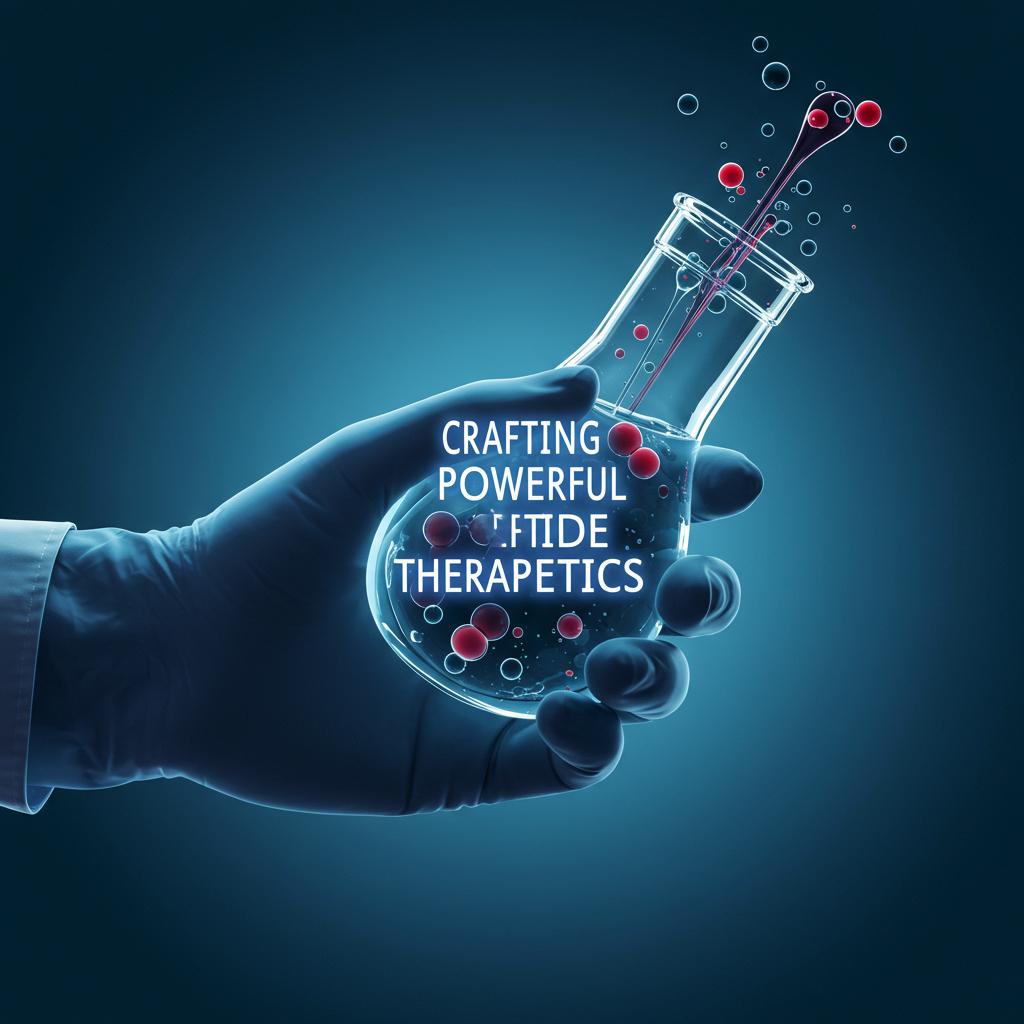
Peptides – those tiny chains of amino acids – are making a big splash in the world of medicine. They’re essentially shorter, simpler versions of proteins, and scientists are discovering their potential to treat a whole range of health issues. Developing ways to synthesize these peptides in the lab has opened up incredible possibilities, leading to a boom in peptide-based therapies. But turning a naturally occurring peptide into a viable medicine isn’t straightforward. There are hurdles to overcome, and that’s where clever chemistry comes into play.
Think of it like upgrading a basic car. You might start with a decent model, but to make it truly high-performing, you’d add features like a turbocharger for extra power, better suspension for smoother handling, and maybe even some sleek bodywork for improved aerodynamics. Similarly, scientists tweak peptides to enhance their therapeutic potential. This mini-review explores the fascinating toolkit of modifications chemists use to transform promising peptides into effective medicines.
Why do peptides need these modifications in the first place? Well, natural peptides often face challenges when used as drugs. They can be broken down quickly in the body, limiting their effectiveness. They might not be easily absorbed into the bloodstream. Or, they might not be potent enough to have the desired impact. This is where the “toolbox” of peptide modifications comes in.
Here’s a peek inside:
- Backbone Modifications: The backbone is the central structure of a peptide. Modifying it can increase the peptide’s stability, making it resistant to the body’s enzymes that try to break it down. This means the therapeutic effect lasts longer.
- Side Chain Modifications: Amino acids have side chains that branch off the main backbone. Tweaking these side chains can significantly alter a peptide’s properties, such as its ability to interact with specific targets in the body, its solubility, and how easily it’s absorbed.
- Higher Order Structure Modifications: Peptides don’t just exist as straight chains; they fold into complex 3D shapes. These shapes are crucial for their function. Modifications can help stabilize these structures, making the peptide more effective and less prone to degradation.
The future of peptide therapeutics looks bright. Scientists are constantly developing new and innovative modification strategies, leading to more stable, potent, and effective treatments. Imagine a future where targeted peptide therapies could tackle diseases with greater precision and fewer side effects. We might see advancements in areas like:
- Cancer treatment: Peptides could be designed to specifically target cancer cells, leaving healthy cells unharmed.
- Infectious diseases: Peptides could offer new ways to combat antibiotic-resistant bacteria and viruses.
- Chronic conditions: Peptides might provide targeted treatments for diseases like diabetes, autoimmune disorders, and cardiovascular problems.
The ongoing research and development in peptide therapeutics are paving the way for a new era of medicine, one with the potential to revolutionize how we treat and manage a wide range of diseases. As our understanding of peptides grows and our tools for modification become more sophisticated, the impact on the pharmaceutical market is bound to be significant, offering hope for more effective and personalized therapies in the years to come.
